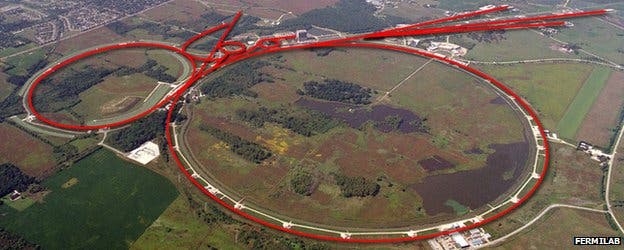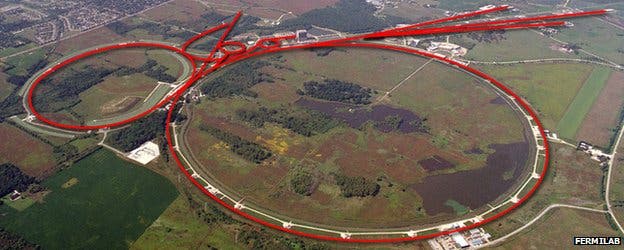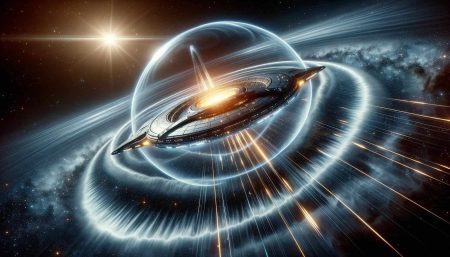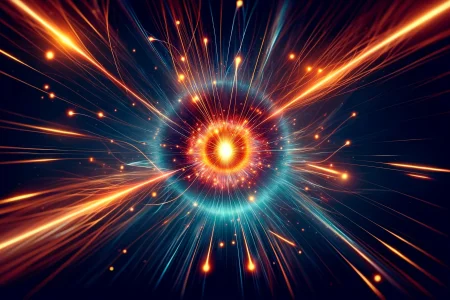The biggest manhunt in physics history is steadily closing in on its target. Wanted – Higgs boson, also known as the God Particle. Reason – explain why objects have mass and provide “missing link” for standard model of physics. Sketch portrait – mass around 125 GeV. Last seen – Fermilab Tevatron particle accelerator. If you happen to sight the particle, please contact your local theoretical physicist at once. Reward – access to the birth of the Universe.

Physicists at the Fermi National Accelerator Laboratory recently reported that they’ve found a bump in their data that might well describe the elusive Higgs boson, a hypothesized particle long considered responsible for granting objects mass. Fermilab’s Tevatron accelerator was shut down in September last year, however data from its last two experiments were still being crunched, and so far results roughly agree with the controversial findings reported last December by two independent studies at the Large Hadron Collider, CERN.
“Based on the current Tevatron data and results compiled through December 2011 by other experiments, this is the strongest hint of the existence of a Higgs boson,” said the report, which will be presented on Wednesday by Wade Fisher of Michigan State University to a physics conference in La Thuile, Italy.
Physicists from both the CDF and DZero collaborations found excesses in their data that could be interpreted as coming from a Higgs boson with a mass in the region of 115 to 135 GeV. This fits well with the CERN results which hypothesized the Higgs boson is in the range of between 115 and 127 GeV. For comparisson, a proton has a mass of 1 GeV, while an electron of .5 GeV.
[RELATED] What is a Higgs boson and why you should care
Various statements regarding the eventual sighting of the Higgs boson have been hecticly coming on and off both Fermilab and LHC, but typically when one of the groups reported it, the other ruled it out. This is the first time that different, independent collider detectors provide congruent studies. Of course, this is far from providing clear evidence of its existence, however considering the recent, ever constant, breakthroughs scientists are confident they’re almost at the end of their search.
“The end game is approaching in the hunt for the Higgs boson,” says Jim Siegrist, DOE associate director of science for high energy physics.
“This is an important milestone for the Tevatron experiments, and demonstrates the continuing importance of independent measurements in the quest to understand the building blocks of nature.”
CERN has said that the collider will gather enough data this year either to confirm the existence of the Higgs boson or to rule it out forever. If the particle doesn’t exist, physicists will have to come up with another theory of how the Universe came to existence. If indeed, the particle exists, then in most likelihood, it will open a new set of questions around the Standard Model than it answers.
The Hadron collider, now on winter break, will start up again in April.









